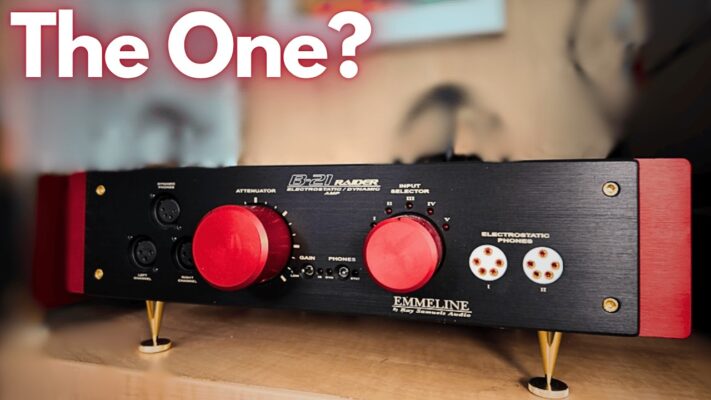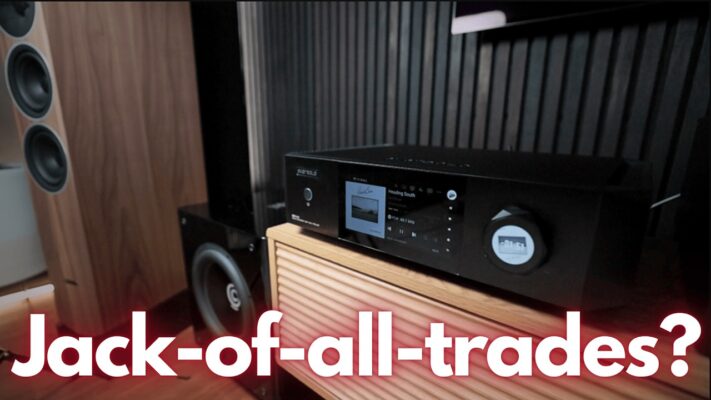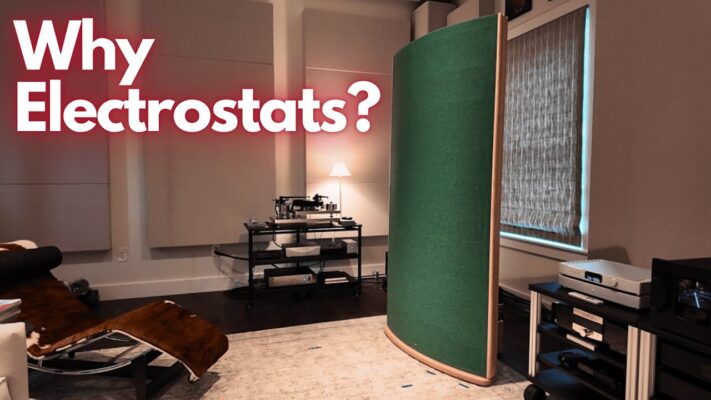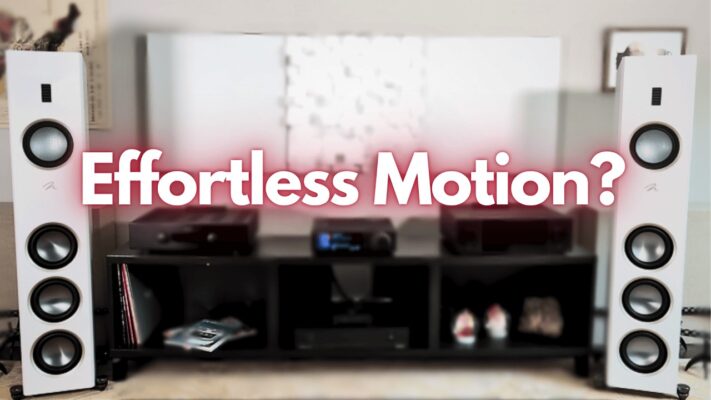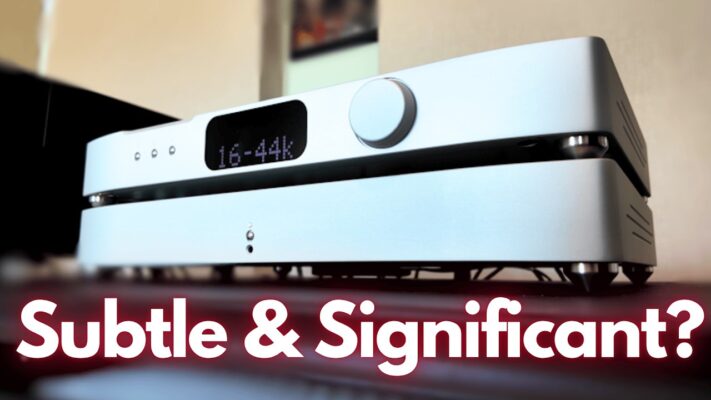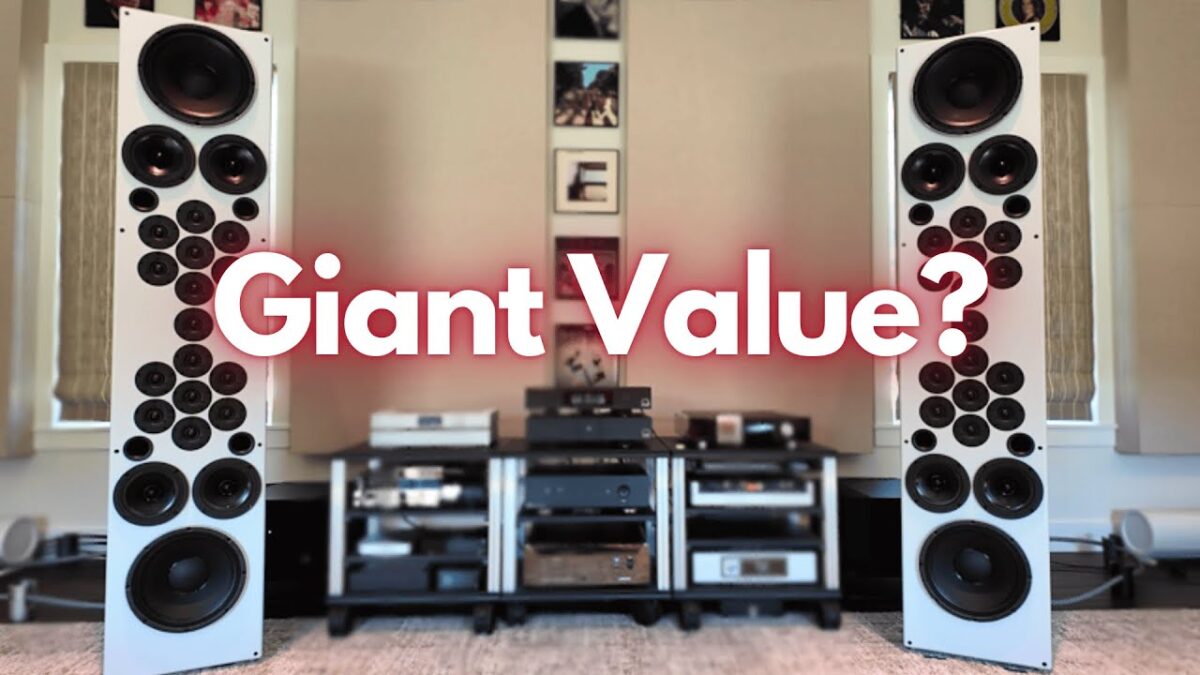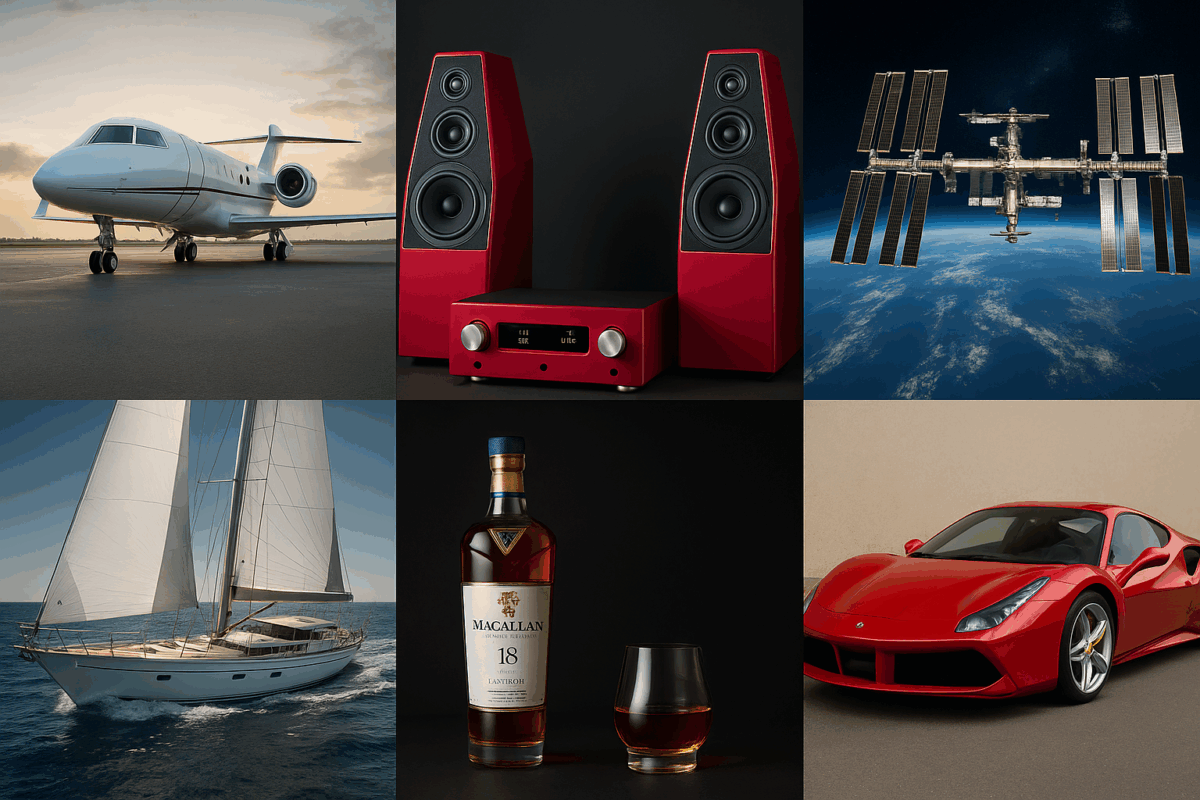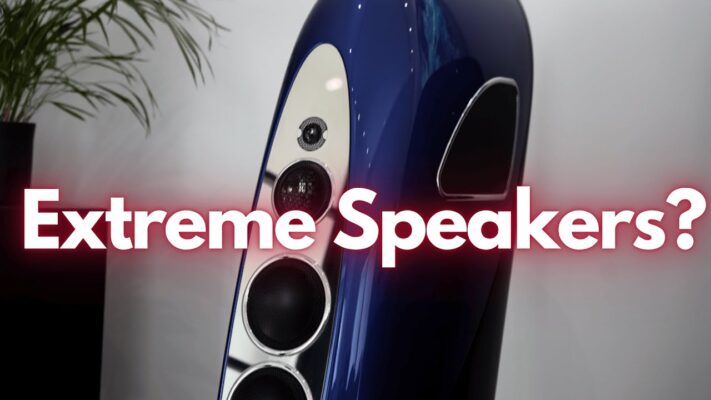Below-threshold Distortions – What They Are and What To Do About Them
- BLOG
- by Tom Martin
- Jun 03, 2025
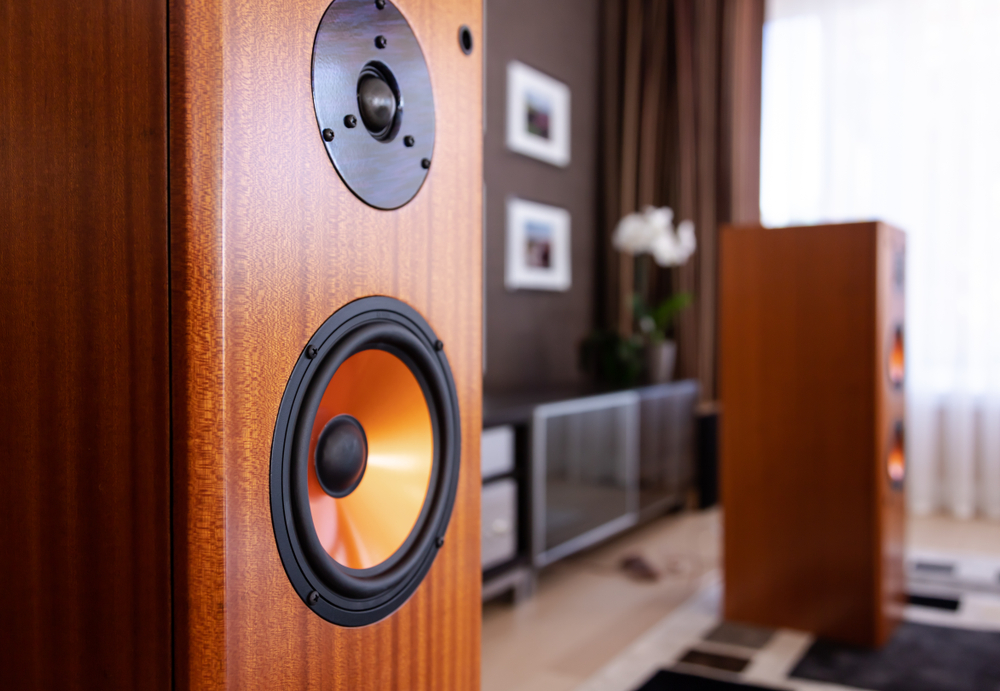
Audio for music is full of interesting phenomena that, at times, are perplexing. Often, we can think about the issues and come up with a reasonable approach. Doing this sometimes requires wading through various assertions (especially true in a social media-influenced world). Doing so also requires, at times, making philosophical choices.
A phenomenon called “Below-threshold Distortions” presents such a challenge (or opportunity, if you find this fun and interesting). Below-threshold Distortions are simply those distortions that are not reliably detectable in a listening test. For example, in the much discussed but rarely used because the methodology is extremely hard to do correctly, A/B test. But methodology aside, there are pieces of equipment and setup procedures where the result is difficult to hear explicitly.
We should say that there are two versions of this phenomenon, only one of which is technically “Below-threshold Distortion” (BTD for short). There are distortions that are difficult to hear because they are only triggered by certain signals (frequency bands or waveshapes). But when triggered, the distortion may be easy to hear. These are properly “Signal Dependent Distortions” (SDDs) and are not what we are talking about here, though we note that SDDs are problematic and important. See our work on the six major problems of audio believability.
What we are talking about here are distortions where the magnitude of the distortion is difficult to hear, per se. These are Below-threshold Distortions in the sense that they are generally there, but if the BTD is the only change, it is hard or impossible to hear and thus is below the threshold of hearing.
Given this inaudibility, per se, some people choose to view BTDs as irrelevant or even foolish or idiotic, or deceitful to discuss or consider. That is a philosophical stance more than a logical or empirical one, as we will discuss, but listeners have to make the call.
Our view is that BTDs are worth considering, but under specific circumstances. To explain, we start with an analogy. Imagine that salt being added to soup you are making is a BTD. You add one grain of salt to 3 gallons of soup. “No detectable difference” is the likely result of a taste test. However, we would suggest from experience that concluding that “salt makes no difference” would lead to inferior culinary results. Perhaps obviously, a pound of salt would render the soup inedible. And, logically useful for our purposes, there is some number of grains of salt where the saltiness becomes noticeable. The salt level becomes “above threshold”.
It is easy to imagine that something similar could happen in audio. If we have a hearing detection level that requires distortion of level 1, and if we have a component with distortion of level 0.7, then we will not be able to hear the distortion of the component. But if we keep employing components of distortion level 0.7, these distortions may add up to greater than level 1 distortion. In simple terms, 0.7 + 0.7 = 1.4, which in our simple model is audible.
Experienced listeners will suggest that there is audio equipment where this threshold phenomenon is important. Our favorite example is with cables. Our experience is that a single cable change is often inaudible. But we often find that changing the entire cable loom (all the cables in a system) makes an audible difference.
Now, it is important to add that we think addressing BTDs is logically a later step in audio system development for most consumers, especially if the BTDs cost money to address. If you have problematic speakers and a limited amplifier and are using compressed music sources, you have bigger fish to fry than BTDs. The same with setup. If you have an undamped room and poor speaker location, and a deep lateral null, you have bigger fish to fry. And, addressing BTDs often will cost as much as addressing these issues. On the other hand, if you have a well-developed $100,000 system, some attention to cables and cable routing and vibrations might make sense, and the cost may be relatively small.
We summarize that BTDs are generally in Quadrant 4 of our “Priorities for Audio Improvement”:

We close with a potentially important point. If you are addressing BTDs, we think you would want some sense that products you are considering might actually do something in the world of physics. That is, you aren’t interested in magic. When reviewing BTD-related products, we will often:
a. Skip listening observations of the effect of the component, because obviously these are impossible without convolving effects of other changes
b. Provide some engineering logic for why the equipment might make a difference, based usually on the observations of engineers
Neither a. (obviously) nor b. (logically) proves that BTD-related gear works. If you need “proof,” we simply suggest that you probably won’t get it and that there are plenty of other equipment and setup adjustments to consider, or you can just listen to music as is. BTD-related gear is not required for good results.
If you have adopted an anti-BTD stance as a religion, that’s another matter. Good luck to you. If you are agnostic, we simply suggest test-driving the logic above. And be suspicious of (often histrionic) claims without supporting evidence or logic.
Tags: AUDIOPEDIA DISTORTION LISTENING
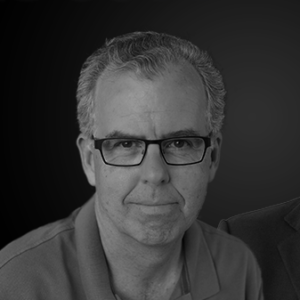
By Tom Martin
More articles from this editorRead Next From Blog
See all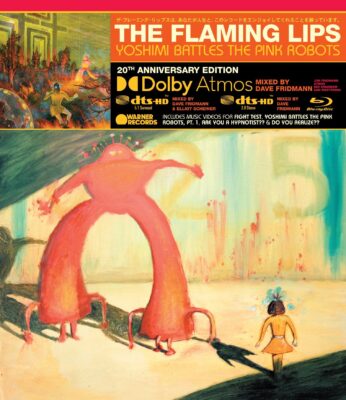
An Immersive Masterpiece
- Jul 01, 2025

The Physics of Describing Music Reproduction
- Jun 10, 2025
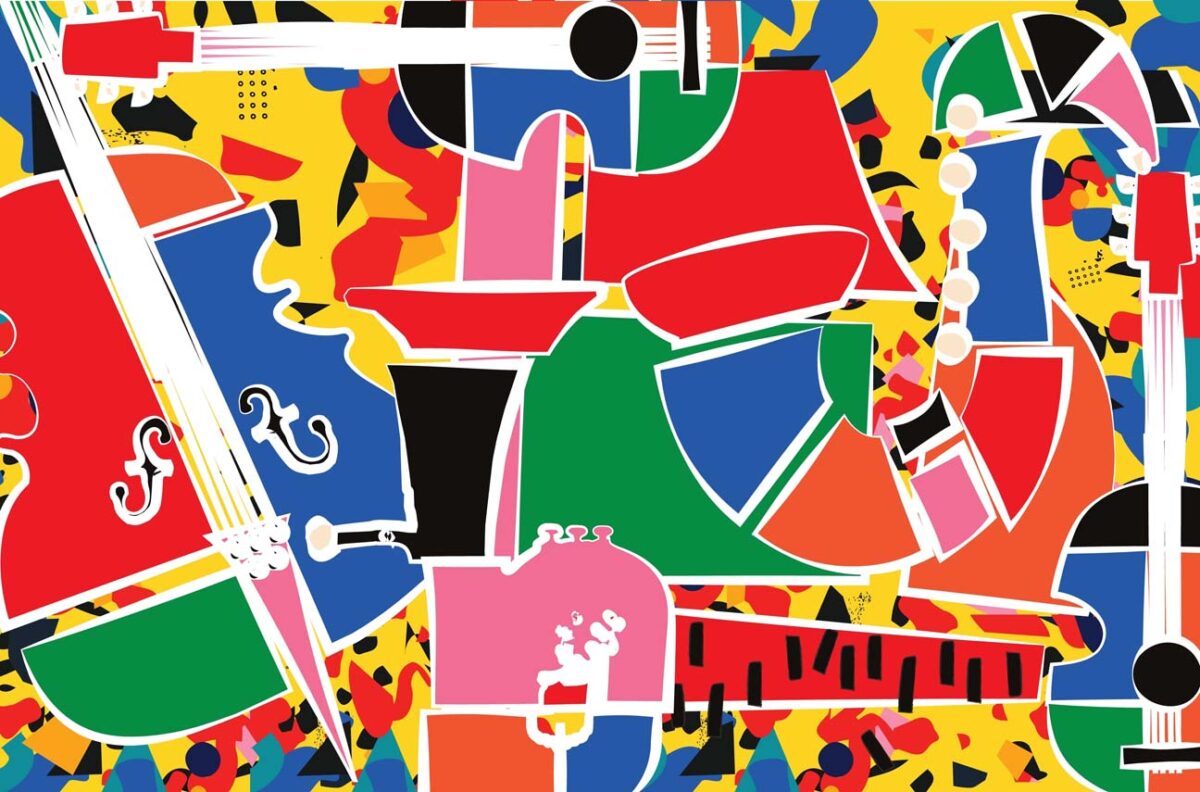
Detailed Frequency Ranges of Instruments and Vocals
- Jun 05, 2025










